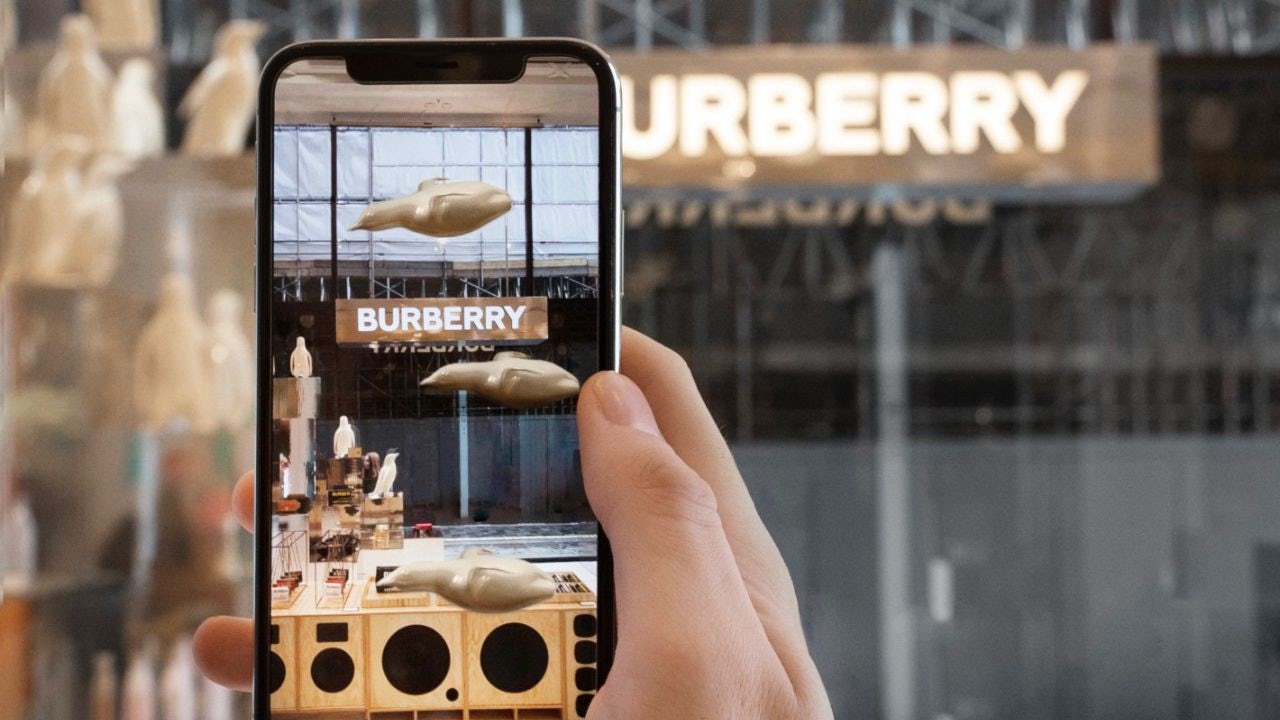The luxury industry is in the middle of its deepest disruption ever. A new, more discerning, and very brand-savvy generation, Gen Z, is challenging predefined conventions in many categories that did not see substantial changes for decades. This is fueled by the biggest disruption in technology with the proliferation of social media, multi-player games that become online communities, the emergence of NFT clubs and DAO (aka “Decentralized Autonomous Organizations), and algorithm-based platforms that curate content depending on interests and context of the user.
The rapidly changing ways how people connect and interact with each other signify that the access to people dramatically changed for brands across all industries. The times when fundamental purchase decisions were taken in-person in a store or via a private shopper are over.
While these traditional access points between brands and clients are still critical, 95 percent of purchase decisions happen now during the digital journey. This means, if a brand cannot convince the target audience digitally to buy any of their items, and if a brand cannot create overall desirability along the digital touchpoints, then its market share will decline rapidly. What may sound far away for some traditional brands is already reality.
One of the most critical Asian flagship stores of a leading European luxury fashion brand suddenly had a dramatic drop in store traffic (more than 30 percent year on year) over three consecutive years. When I was tasked to help solving the rapid decline, we found out that the root cause was not the specific store, its location, or the service customers received there.
Instead, despite millions in digital advertising spend, the brand was unable to create desirability and convince their best customers before they entered the store. As a result, whatever the brand would have changed inside the store or around service would not matter at all, underlying that practically all purchase decisions happen before the customer even enters a point of sale, as mentioned above. The brand, despite being one of the best in the world, did not have the tools and expertise to understand that others were significantly outperforming them digitally. It’s savoir faire was still on the product — not on connecting with customers digitally.
Another European luxury fashion brand is currently struggling in China because the content the local team receives from their headquarters does not resonate at all with trending topics that their Chinese clients care about. To make matters worse, the brand’s global top management is still focusing on PR and print and does not yet fully understand that to win the digital journey in China, Key Opinion Leaders (KOLs) and relevant content for local digital platforms are critical.
It’s a surprisingly common example of underestimating the need for digital savoir faire combined with global cultural sensitivity. Many companies simply assume that what is the standard in Paris, Milan, Munich, New York, Los Angeles, or Zurich is equally relevant for consumers in Shanghai, Hong Kong, Seoul, or Tokyo. And most brands still treat digital, social media, and the metaverse as an afterthought and not as a critical pathway to achieve competitive advantage.
Especially in luxury, consumers look at brands as cultural actors and influencers. This requires leading and inspiring conversations and discourse. And this requires completely different tools, capabilities, and structures. Without digital savoir faire, brands have no chance to connect with their audiences who maneuver at ease in a digital reality. In other words, traditional savoir faire is critical for the product or service experience; however, clients will never experience it without being won over first through digital savoir faire. A new strategic approach is needed for luxury brands not just to lead the change, but even — fundamentally — to survive the change.
This is an op-ed article that reflects the views of the author and does not necessarily represent the views of Jing Daily.
Named one of the “Global Top Five Luxury Key Opinion Leaders to Watch,” Daniel Langer is the CEO of the luxury, lifestyle and consumer brand strategy firm Équité, and the executive professor of luxury strategy and pricing at Pepperdine University in Malibu, California. He consults many of the leading luxury brands in the world, is the author of several best-selling luxury management books, a global keynote speaker, and holds luxury masterclasses on the future of luxury, disruption, and the luxury metaverse in Europe, the USA, and Asia. Follow @drlanger



